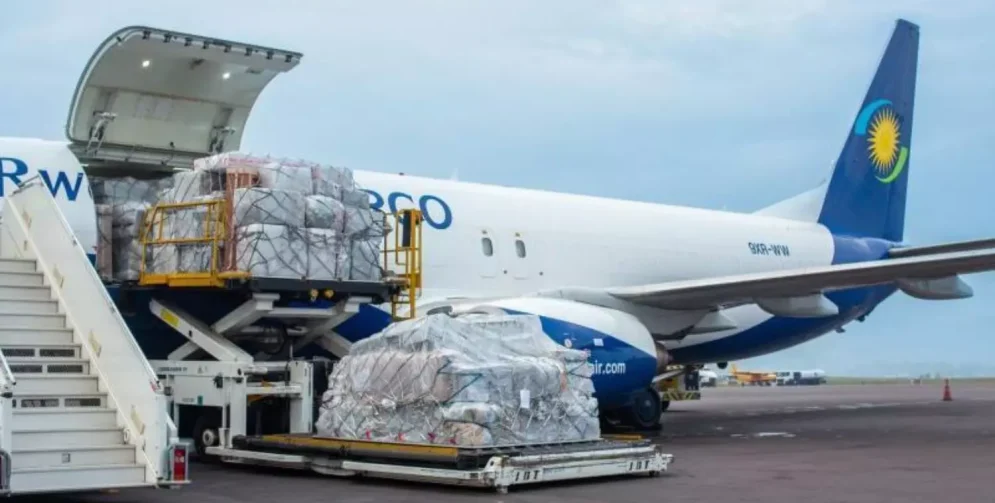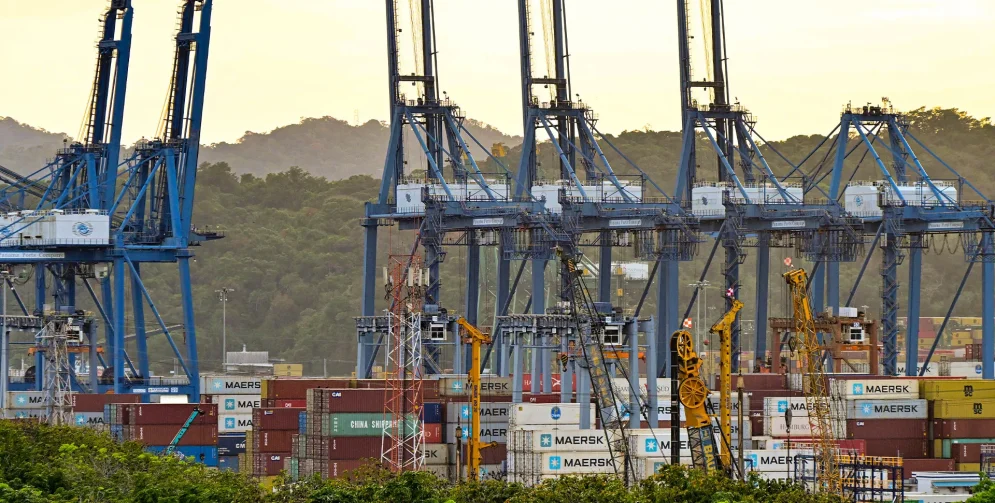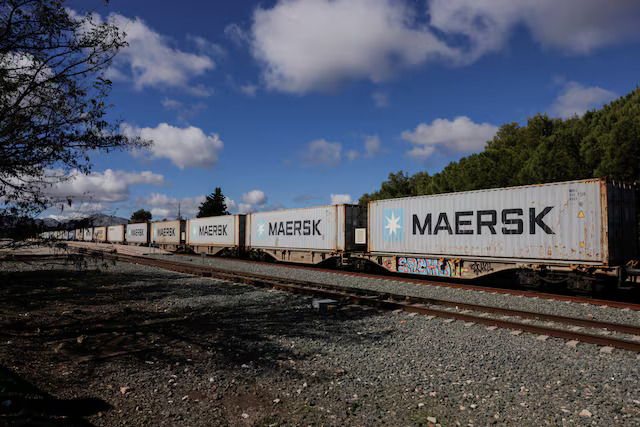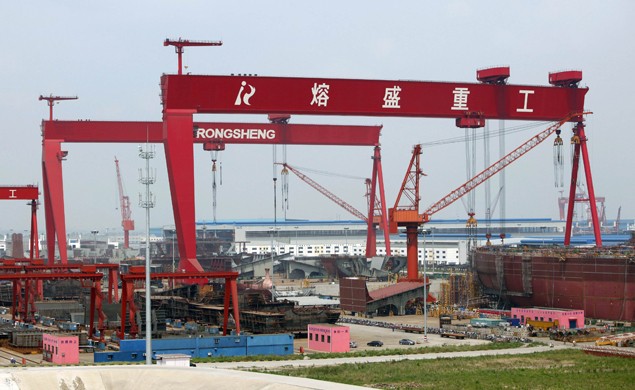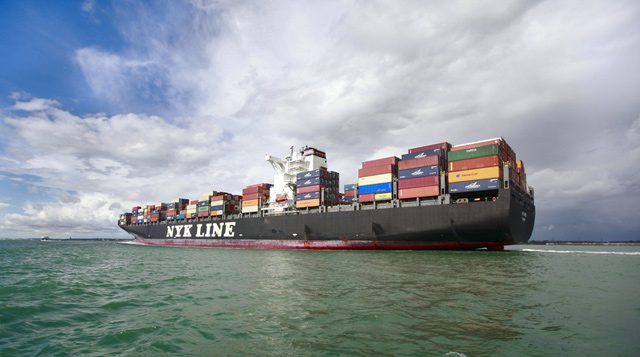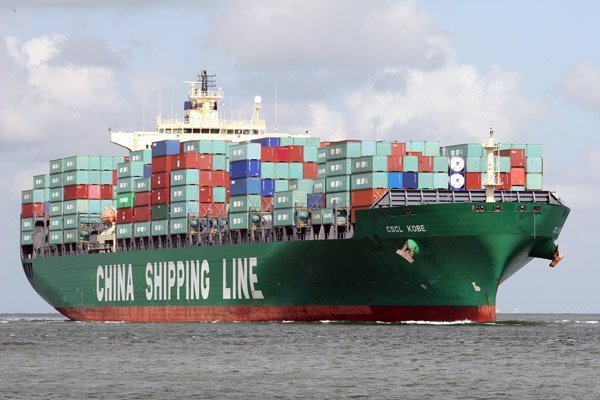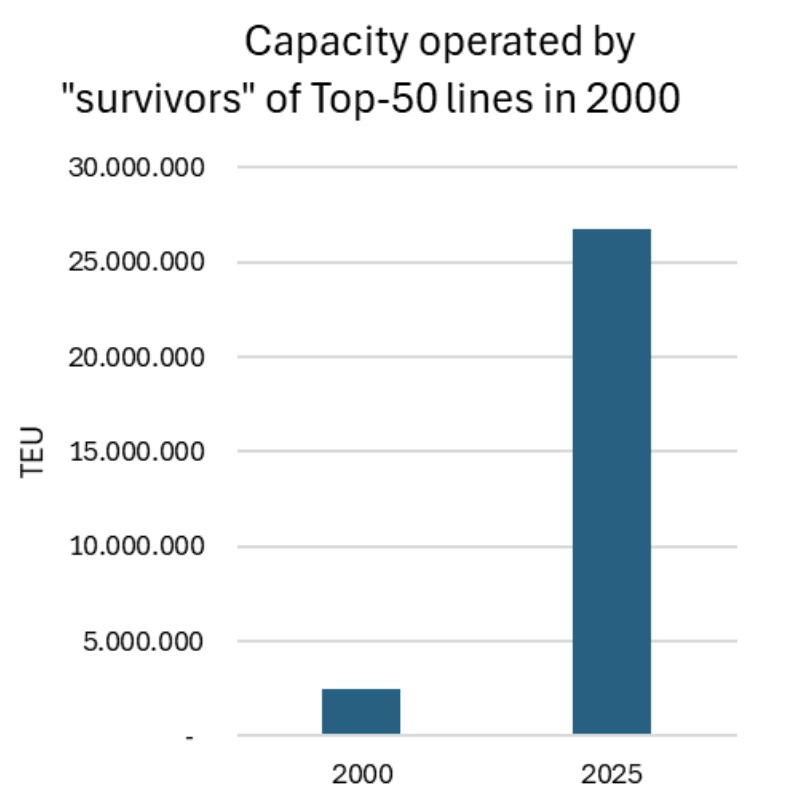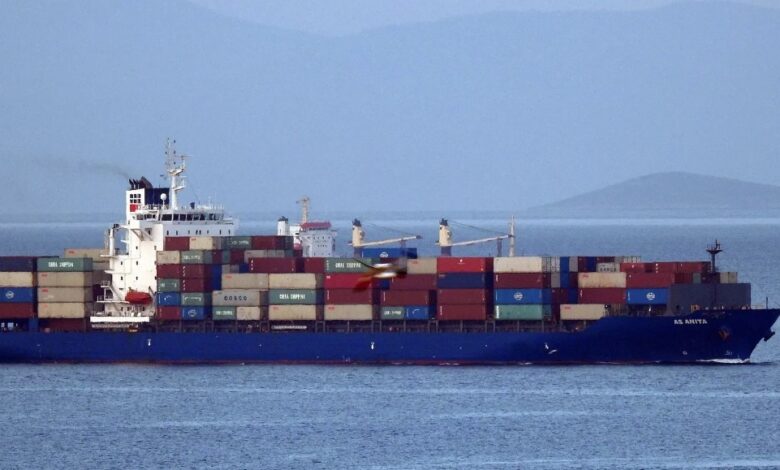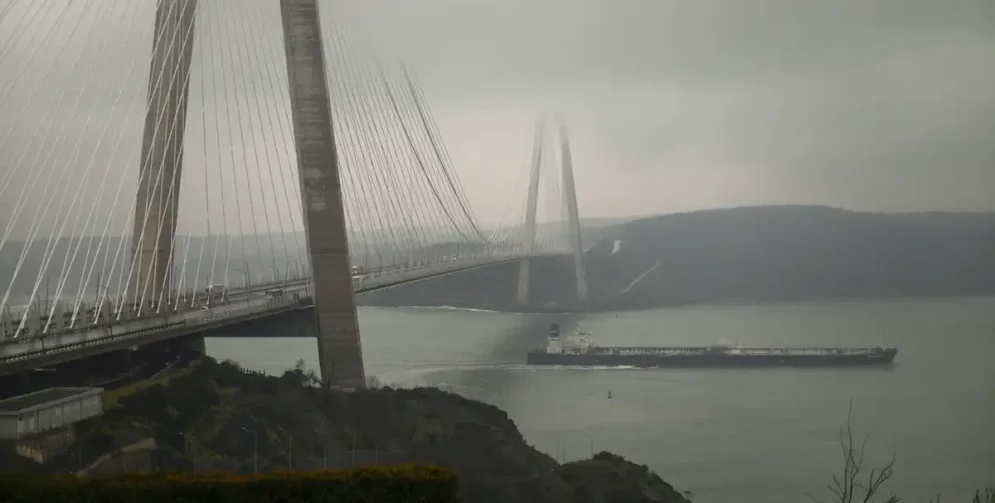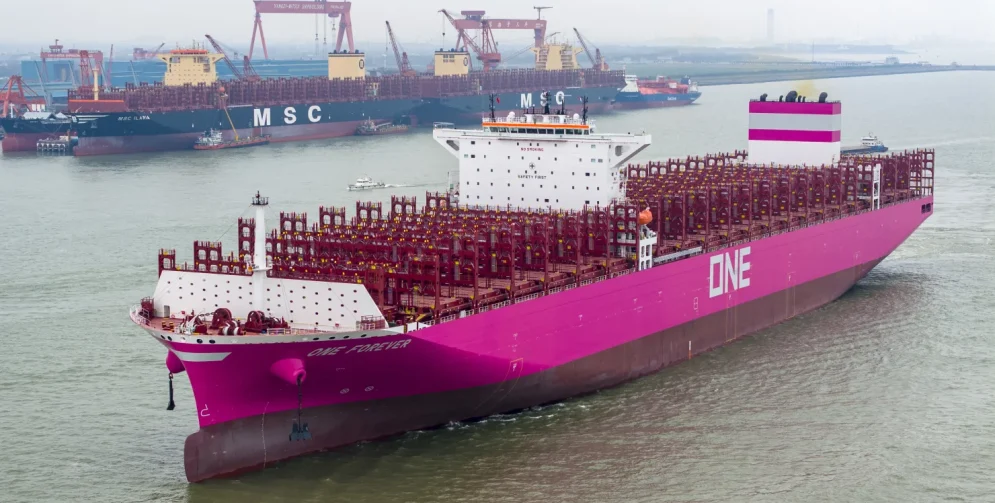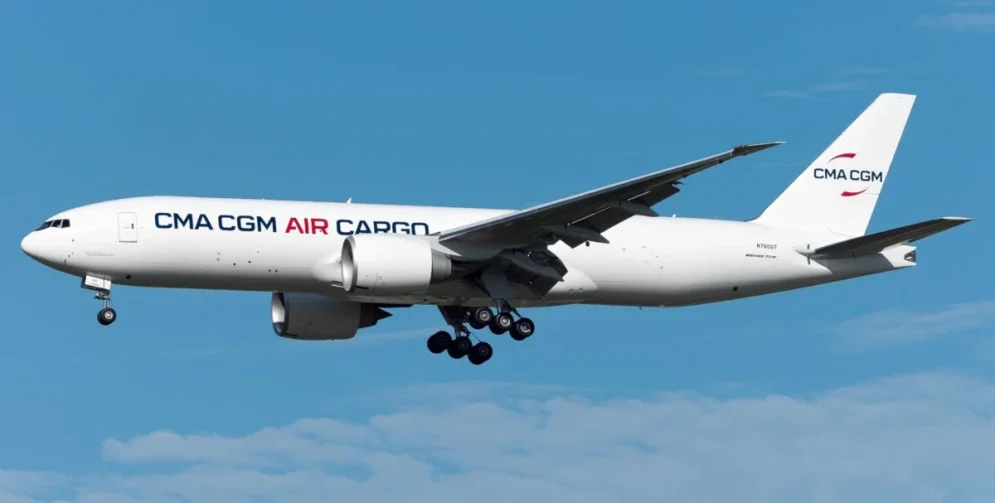African air cargo tonnage up 8% in first half of 2024
Tonnages from all the main world origin regions in Q2 this year were higher YoY, with Asia Pacific up 18%, Europe volumes up +7%, Africa origins up +6%. In comparison, there were +5% YoY increases from North America and Central & South America (CSA).
Global air cargo demand in the first half of 2024 (H1, 2024) was up, YoY, from all the main world origin regions, with Asia Pacific and MESA origins topping the growth list at +19% each, and there were single-digit percentage increases from Africa (+8%), Europe (+7%), CSA (+5%) and North America (+2%). Tonnages were up by +12% in the first half of 2024 compared with the equivalent period last year, according to preliminary figures and analysis from WorldACD Market Data, with +11% year-on-year (YoY) growth in the second quarter (Q2) following on from the +12% recorded in Q1. The preliminary figure for June of +9%, YoY, was slightly below the average YoY full-month tonnage growth figure so far this year, with strong YoY growth continuing from Asia Pacific origins but with demand from Middle East & South Asia (MESA) origins dropping back somewhat from the highly elevated tonnage growth levels experienced in the first quarter. Tonnages from MESA origins in Q2 were still significantly higher (+13%) than the equivalent period last year, but that growth figure was well below the +27% growth recorded in Q1, from a region particularly affected by the disruptions to container shipping caused by the attacks on vessels in the Red Sea.
Tonnages from Asia Pacific origins in Q2 were up by +18%, YoY, similar to the +20% YoY growth recorded in the first quarter of this year. Indeed, tonnages from all the main world origin regions in Q2 this year were higher than the equivalent period last year, with Europe volumes up +7%, Africa origins up +6%, while there were +5% YoY increases from North America and Central & South America (CSA). On the pricing side, average global air cargo rates of US$2.39 per kilo for the first half of 2024, based on a full-market average of spot rates and contract rates, were down by -8%, YoY. That decline was partly due to a tough comparison in the first quarter with the elevated average rates ($2.76/kg) still present in the market in Q1 last year. However, average rates of $2.46 per kilo in Q2 this year have risen back to +2% above their levels in the same period last year, thanks to significant YoY rises from Asia Pacific (+10%) and from MESA (+47%) origins, or at least on key lanes.
Whereas global average rates in the first four months of 2024 were down compared with last year, by May they had moved back into positive territory (+2%), with the gap widening to +9% in June, when they averaged $2.52 per kilo. Looking at the last full week (week 26, 24-30 June), average global rates dropped very slightly (by -$0.02) to $2.51 per kilo, WoW, according to the more than 450,000 weekly transactions covered by WorldACD’s data. But that figure was up, YoY, by +9%, and well above pre-Covid levels (+41% compared to June 2019). Meanwhile, total worldwide tonnages in week 26 rebounded by +3% after losing around -5%, in total, across the previous two weeks – mainly to and from countries with predominantly Muslim populations, linked to the Eid al-Adha annual festivals and holidays, which this year took place between 16 and 20 June.

